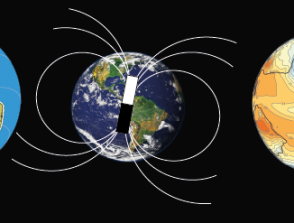Sediment magnetization: climatic and biological constraints
Start: 01 October 2009
End: 27 September 2013
Supervisors :
Jean-Pierre Valet, Franck Bassinot (LSCE)
Related teams :
Paleomagnetism
Status: Defended




